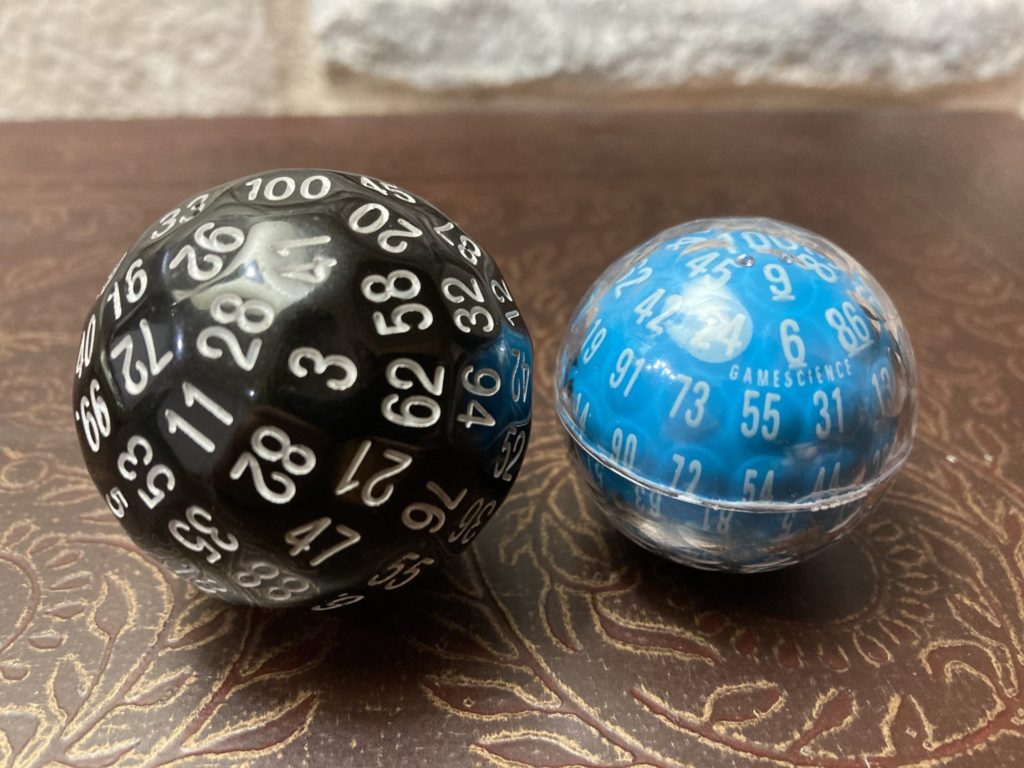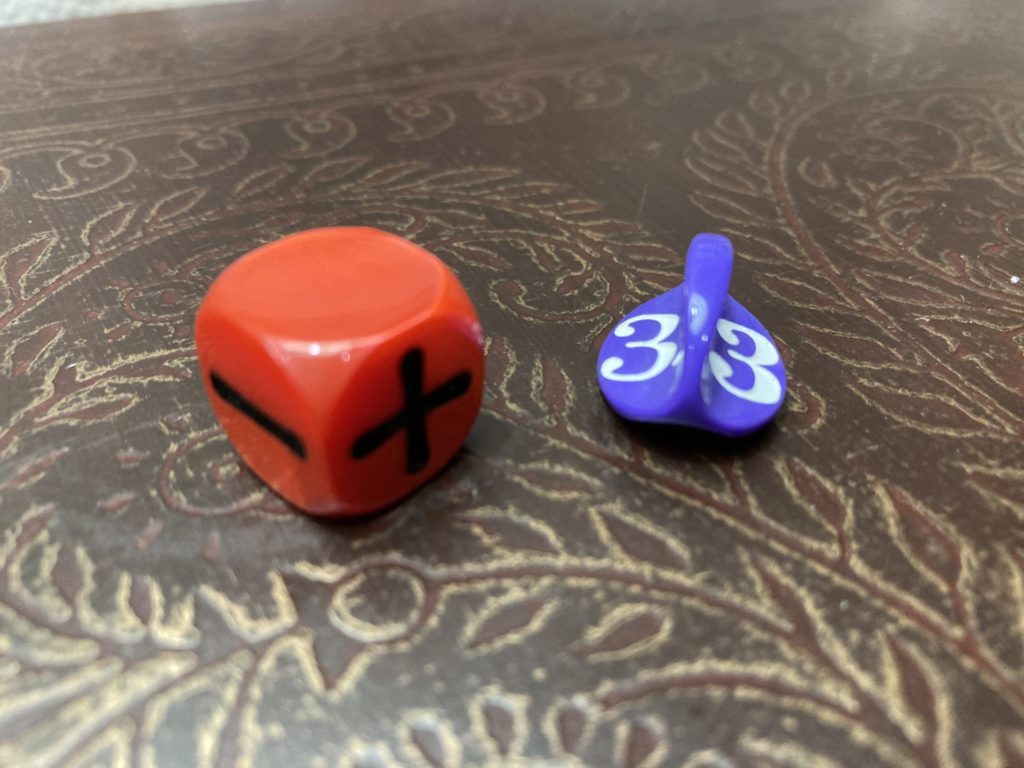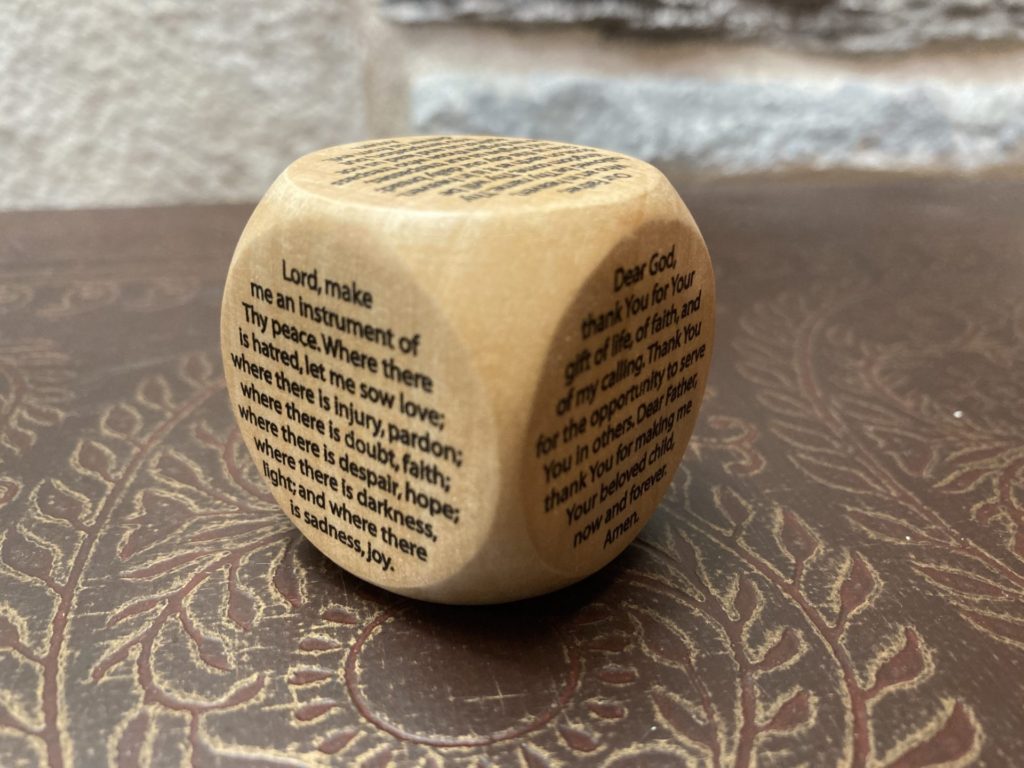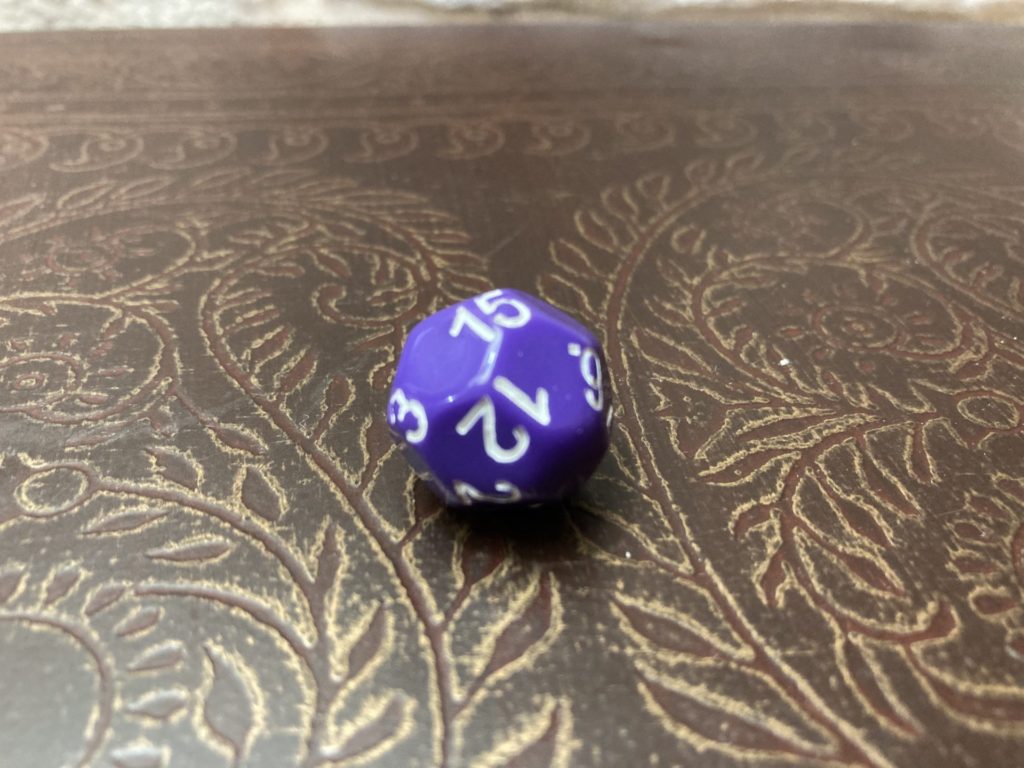This post contains affiliate links to our partners; this means if you click on the link and purchase the product we receive a small commission at no extra charge to you. All opinions remain our own.
Role-playing games are infatuated with strange dice, unfamiliar to the common person. From the pointy four-side die to the now chic twenty-sider is a vast sea of plastic, metal, and bone mostly unfamiliar, even to many gamers. The standard D&D dice: the d4, d6, d8, d10, d%, and d20 are mostly unchanged from the the 1970s when the first mass-print runs of the game resulted in a national dice shortage. Now, if you know where to look, you can own many of others: d120s, d300s, d7s, and a whole bunch of ridiculous novelty and proprietary dice for different games. But in all of that there are but five odd dice I want to share today. These dice have, in my experience, made people feel uneasy–a little weird–with but the barest glance. Some of them are even useful, too!
5. The d100

You knew it was coming. The d100. A simulation of these guys comes standard in every off-the-shelf Target dice set, but you can find a few copies of the real deal in nearly any nerd shop. On the left we have one that you might have seen recently: it might be a behemoth, but it is also the missionary position of weird D&D dice. It only stops rolling when it hits something, and even then it is a bit iffy. On the right there’s something a bit more classic: a zocchiherdon, named after the dice manufacturer that invented it. This is the memetic “golf ball” d100, and is filled with granules of… something.
You can use a d100 any time you’d normally use a d%. If you’re playing 5e, they might be particularly appropriate for your wild magic sorcerer. Just use a die tray.
4. The d3

Also a bit vanilla, the d3 shows up in all sorts of weird places. On the left is a FUDGE die, which is a d3 in all but name. Evil Hat Productions took them and rebranded them as FATE dice to tie in with their hack of FUDGE by the same name, but it’s all the same thing. On the right is one that’s a bit weirder, and looks more like knuckle bones than dice. Unlike nearly ever other kind of die out there, you tell which side is showing not by what’s on top, but what’s on the side. The d3 is used in a lot of older D&D editions, as well as assorted retroclones and games going for that feel, like Dungeon Crawl Classics. You can similitude it by rolling a normal six-sider, rounding the result up to the nearest even, and dividing by two.
3. The d1
No picture this time, because, let’s be real, the only use for a d1 is when you’re a DM and you want to be a dick. This die is a mobius strip. You give it to a player when rocks fall, but before they die, and say “roll this to avoid death.” As a die, it’s pointless. For that reason, I don’t own one. As a talisman, however, well there might be something to it. Carry it around with you to remind you of illusion that is choice, and when you are beset by marauding monsters remember that it’s quantum ogres all the way down.
2. The Prayer Cube

I know what you’re thinking. This is a novelty d6. There’s nothing special about it, and you can’t even use it to roll damage on a short sword. You’re right, but let me introduce you to the world of qualitative interpretation. All those numbers on all other dice you see? They’re meaningless. You don’t need numbers to help determine success or failure. There is another way, and according to the prayer cube, that way is Jesus. Never mind that dice are the universal symbol of sinful gambling, because the prayer cube is redeeming that legacy just as the anointed one ministered to the prostitutes. A perfect accessory for today’s cleric on the go–and it may or may not ward off vampires, too!
1. The d15

Here it is, the Queen of strange dice. You might think, what about the d7? Or the d9? Or the fucking Prayer Cube? Well, you’d be wrong. The Prayer Cube can give you Jesus, but through the d15 you can emulate Janus. Look at how the numbers curve across the edge of the faces, looking forward and back. And the numbers, too, are significant. Most of you have or had five fingers on your hand, and five on your other. Five is the likely the basic unit of counting: you think in groups of five. Three is another number, of the same kind. The d15 is proof of their marriage and subsequent consummation. Any chart you make that has 10 options could use another five. And any chart with 20 option probably has 5 too many. It is sacred.
At least, that’s what I was told once by a wandering die salesman. Don’t know if I believe it myself. Damn thing sure looks weird, and a d15 chart seems useful. Maybe. Same with the rest, really.